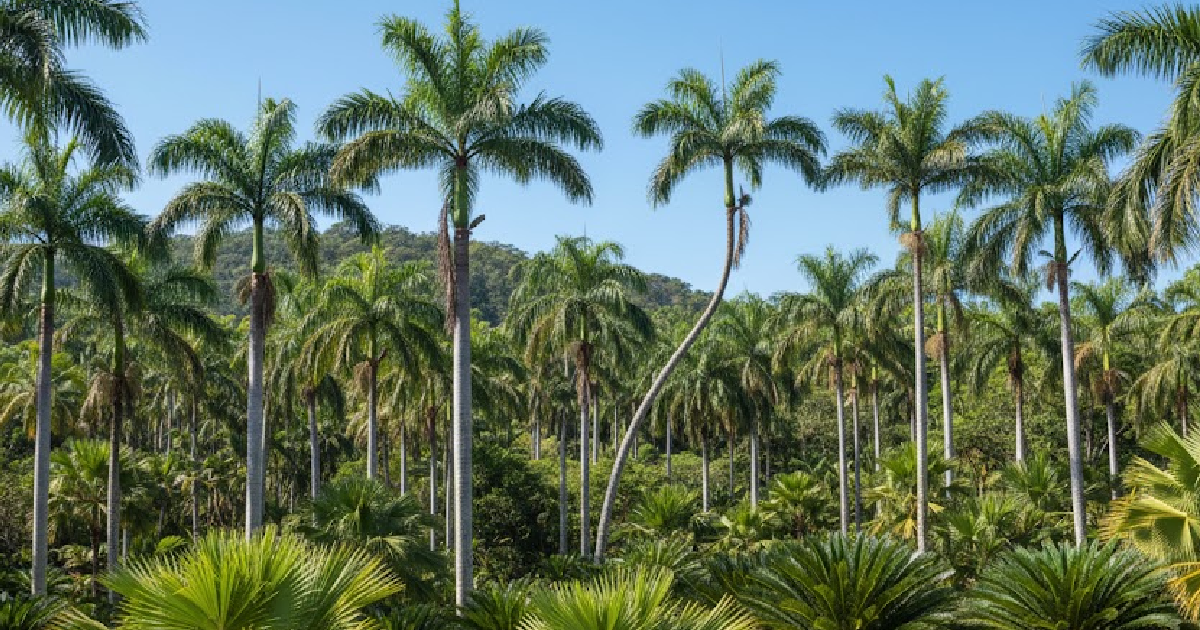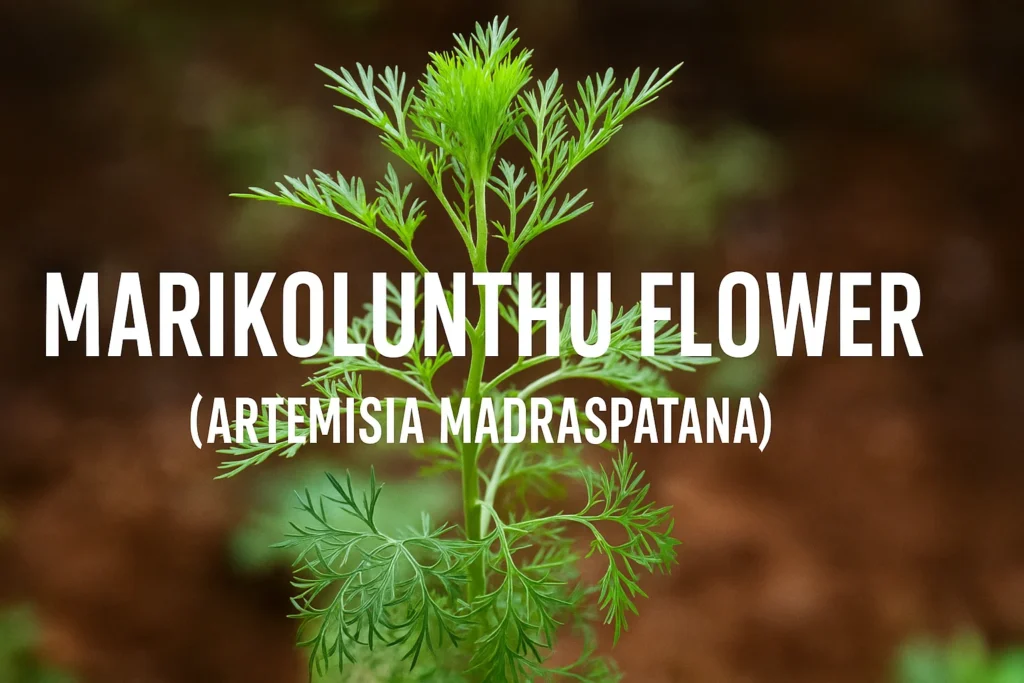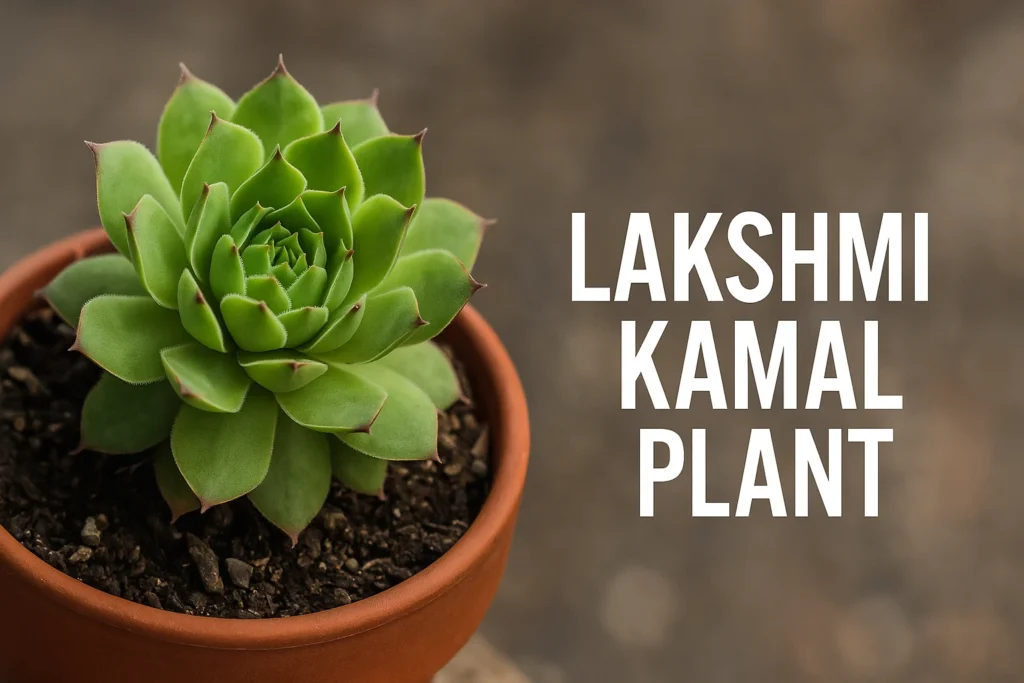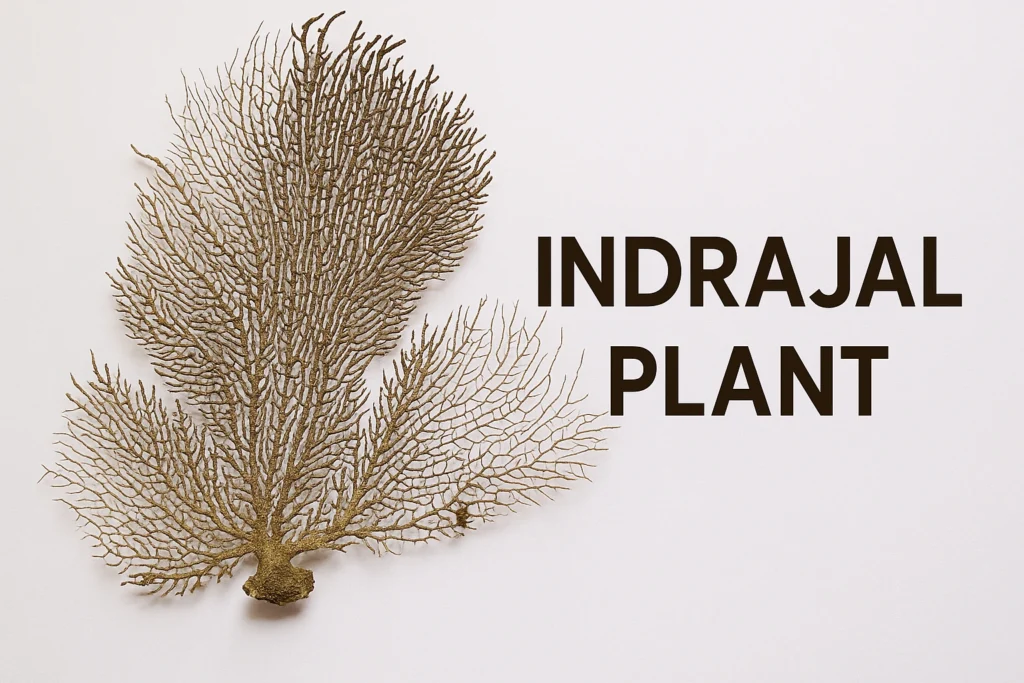Palm trees are one of the most iconic and diverse plant families in the world. Found in tropical and subtropical regions, they range from towering giants like the coconut palm to compact indoor plants such as the areca palm. Beyond their beauty, palms provide food, shade, oil, fiber, timber, and even cultural symbolism. In this detailed guide, we’ll explore the types of palms, their scientific names, varieties in India, and their many uses.
Palm Tree Scientific Name and Classification
Palm trees belong to the Arecaceae family, which consists of more than 2,600 species. Unlike typical woody trees, palms do not produce growth rings. Instead, their trunks are fibrous and flexible, which makes them resilient to strong winds. Botanical classification of palm trees:
- Kingdom: Plantae
- Clade: Angiosperms
- Order: Arecales
- Family: Arecaceae
- Palm Tree Botanical Names: Each variety has its own, such as Cocos nucifera (Coconut Palm), Phoenix dactylifera (Date Palm), and Elaeis guineensis (Oil Palm).
What is a Palm Tree?
A palm tree is a flowering perennial with a tall, fibrous trunk and large evergreen leaves known as fronds. Depending on the species, fronds can be feather-like or fan-shaped. Unlike other trees, palms grow from a single bud at the top of the trunk, which makes this part vital for survival.
Palms thrive in varied habitats, from deserts to rainforests, and play a crucial role in local ecosystems, providing shade, fruit, and habitat for wildlife.
Types of Palms and Their Varieties
Palms vary in size, appearance, and use. Some are cultivated for food, while others are purely ornamental. Below are some of the main types of palms are:
- Coconut Palm (Cocos nucifera)
Known as the “tree of life,” the coconut palm provides coconuts, oil, fiber, and timber. It is essential in tropical countries like India, where coconut-based products are part of daily life. - Date Palm (Phoenix dactylifera)
One of the oldest cultivated palms, the date palm thrives in arid regions. Its sweet fruits are rich in energy and have been a staple in Middle Eastern diets for centuries. - Royal Palm (Roystonea regia)
A tall, ornamental palm with a smooth trunk and graceful crown shaft. Often planted in avenues and resorts, it adds grandeur and elegance to landscapes. - Oil Palm (Elaeis guineensis)
This palm is a key source of palm oil, used in cooking, cosmetics, and packaged goods. It is one of the most commercially important palms worldwide. - Areca Palm (Dypsis lutescens)
Commonly grown as an indoor plant, it improves air quality while adding a tropical feel to interiors. Its feather-like fronds make it a favorite among urban gardeners. - Bismarck Palm (Bismarckia nobilis)
Known for its silver-blue fan-like leaves, this palm stands out in any landscape. It is hardy and drought-tolerant once established. - Palmyra Palm (Borassus flabellifer)
Valued for its fruit, toddy, and jaggery production, this palm is part of traditional economies in South Asia. Its strong trunk also provides durable timber.
Gardeners often combine these palms with colorful blooms like the Marigold Flower to create vibrant and balanced landscapes.
Different Types of Palms in India
India’s climate supports a wide range of palms, making them both economically valuable and culturally significant.
- Coconut Palm: Found in Kerala, Tamil Nadu, and Goa, providing coconuts, coir, and oil.
- Palmyra Palm: Common in Tamil Nadu and Andhra Pradesh, used for fruits, sugar, and toddy.
- Areca Palm (Areca catechu): Grown for betel nut production in Karnataka and Assam.
- Date Palm: Cultivated in Rajasthan and Gujarat, thriving in dry climates.
- Oil Palm: Recently introduced in states like Andhra Pradesh for palm oil farming.
In rural regions, these palms are often planted alongside hardy species such as the Umbrella Palm Plant, which thrives in wet soil conditions and adds variety to home gardens.
Parts of Palm Tree Explained
Palm trees may look simple, but each part plays a specific role in survival and usefulness.
- Trunk (Stem): Fibrous and unbranched, strong enough to withstand cyclones and heavy winds.
- Leaves (Fronds): Can be pinnate (feather-like) or palmate (fan-shaped). They are traditionally used for weaving mats, roofing, and crafts.
- Roots: Shallow but widespread, giving palms excellent anchorage even in sandy soil.
- Fruit: Includes coconuts, dates, palmyra fruit, and small ornamental berries. These fruits, like seasonal blooms found in Winter Season Flowers in India, are both functional and decorative in gardens.
Uses of Palm Trees in Food, Culture, and Landscaping
Palms are incredibly versatile, serving both practical and decorative purposes.
- Food: Palms produce coconuts, dates, palmyra fruit, and betel nuts, all of which are used as staple foods in different cultures.
- Oil & Industry: Palm oil and coconut oil are widely used in cooking, cosmetics, and processed foods
- Cultural Significance: Palms are associated with rituals in Hinduism, Islam, and Christianity, including Palm Sunday.
- Landscaping & Shade: Ornamental palms are common in gardens, parks, and resorts. They pair beautifully with fruiting plants like those listed in the Best Fruit Plants for Home Garden in India.
- Environmental Benefits: Palms prevent soil erosion and provide habitats for wildlife.
Palm Tree Classification Based on Leaf Types
Palms can be identified by the shape of their fronds. This makes classification simple even for beginners.
- Pinnate (Feather-shaped leaves): Found in Coconut, Areca, and Date Palms. The fronds grow like feathers, arching elegantly.
- Palmate (Fan-shaped leaves): Found in Palmyra and Fan Palms, their leaves look like giant fans, making them stand out in gardens.
Fan-shaped palms often complement climbers like the Rangoon Creeper, creating layers of greenery and texture.
Conclusion
Palm trees are among the most diverse and useful plants in the world. From providing essential foods like coconuts and dates to enhancing landscapes with ornamental species, palms have cultural, economic, and environmental value. By understanding the types of palms, their scientific names, and their varieties in India, gardeners and plant lovers can choose the right palms for their needs while appreciating the importance of this remarkable plant family.













